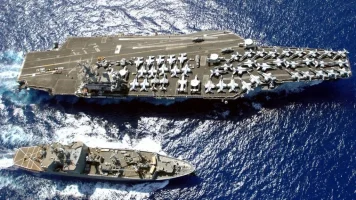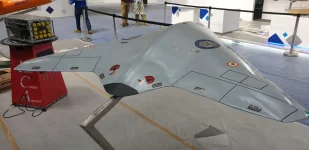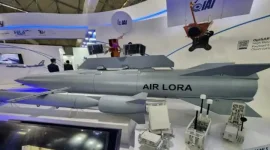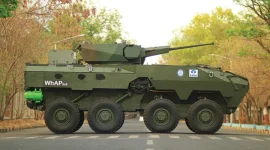- Views: 1K
- Replies: 8

Israel's recent successful deployment of air-launched ballistic missiles (ALBMs) against targets in Iran has sent a clear message about the evolving nature of modern warfare. This development has significant implications for India, particularly in the context of its own security challenges posed by China and Pakistan. The demonstrated effectiveness of ALBMs in penetrating sophisticated air defenses highlights the urgent need for India to accelerate its domestic ALBM program to maintain a credible deterrent and response capability.
ALBMs offer a unique combination of speed, maneuverability, and range, making them extremely difficult to intercept. Launched from aircraft, they can bypass traditional ground-based defenses and strike targets with precision. As demonstrated in the recent Israeli operation, ALBMs can effectively neutralize critical infrastructure while minimizing the risk of retaliation.
India has already taken steps towards developing its own ALBM capabilities. The procurement of RAMPAGE missiles from Israel and the indigenous development of the Rudram series of missiles are crucial milestones. However, experts emphasize the need for a larger arsenal of domestically produced, long-range ALBMs to effectively address India's complex security environment.
While RAMPAGE provides India with a platform for high-precision strikes against hardened targets, its range and speed are limited compared to true ALBMs. The Rudram series, particularly the Rudram-III hypersonic missile and the upcoming Rudram-IV, show greater promise in bridging this gap. Rudram-IV, currently under development, is expected to be a true air-launched ballistic missile optimized for extended range and high-impact strikes.
The development of a robust ALBM program is crucial for India for several reasons:
- Enhanced Deterrence: Long-range ALBMs would allow India to hold high-value enemy assets at risk without resorting to nuclear escalation, providing a potent non-nuclear deterrent.
- Tactical Flexibility: ALBMs offer greater versatility compared to traditional ballistic missiles. They can be rapidly deployed on various fighter jets or bombers, enabling quick responses to emerging threats.
- Survivability: Air-launch platforms provide ALBMs with increased survivability. Their mobility makes them less vulnerable to preemptive strikes, as they are not tied to fixed launch sites.
- Export Potential: India's growing expertise in missile technology, including ALBMs, presents opportunities for defense exports, further strengthening its strategic position.
- Extended Range: Increasing the range of ALBMs, such as the Rudram series, would enable strikes deeper into enemy territory with heavier payloads.
- Precision Guidance: Incorporating advanced guidance technologies, including satellite guidance and AI-driven pathfinding, is crucial for maximizing accuracy against heavily defended targets.
- Hypersonic Capabilities: The development of hypersonic ALBMs, like the Rudram-III and Rudram-IV, would significantly enhance India's strike capabilities.
- Platform Integration: Upgrading India's fighter and bomber fleets to carry heavier ALBM payloads is essential for effective deployment.




